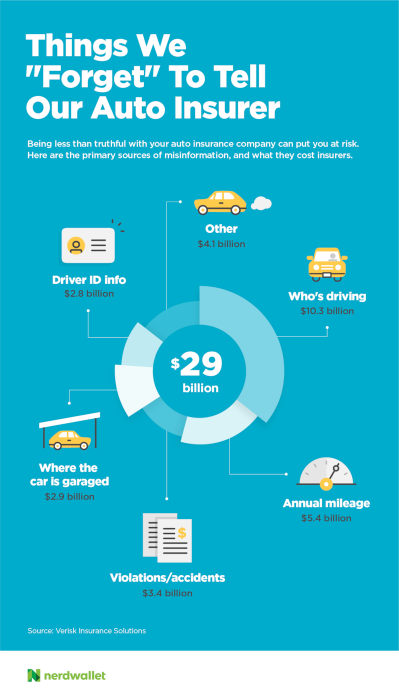You don’t usually think of your student loan lender as a source to save you money. But by signing up for automatic payments today, you could land a discount and put money back in your pocket.
If you sign up for auto-debit, which most federal and private student-loan lenders offer, you’ll get a 0.25 percentage point reduction in your interest rate and have your bill amount drawn directly from your bank account every month. This nets you savings and prevents you from missing payments, as long as you ensure your bank account can handle the amount being removed. And if you choose to invest those savings, you could grow your money even more.
Here’s what those savings might look like: A typical borrower who graduated in 2015 owes $30,100 in student loans, according to the Institute for College Access and Success. If this borrower had a 6% loan APR and that was reduced by 0.25 percentage point to 5.75%, she could save about $45 per year. Over the standard 10-year loan period, that would come to around $450 in savings. Borrowers with higher loan balances stand to save even more. Graduate students, for example, have a median debtof $57,600, and 1 in 4have debts of $99,614 or higher, according to New America, a public policy think tank.Those with lower balances won’t gain as much in savings, but they will earn a bit back plus the chance to set their payments and forget them. Auto vs. manual paymentsDebtAPR (with and without auto-pay)Monthly paymentTotal payment over 10 years Annual savingsSavings over 10 years$10,0006.00%$111$13,322—-$10,0005.75%$110$13,172$15$150$30,1006.00%$334$40,101—-$30,1005.75%$330$39,649$45$452$75,0006.00%$833$99,918—-$75,0005.75%$823$98,792$113$1,126$100,0006.00%$1,110$133,225—-$100,0005.75%$1,098$131,723$150$1,502 Note: The above APR reflects a sample interest rate that could be held by borrowers with federal or private loans; some amounts, such as monthly payment figures,have been rounded for use in this table. If you’re thinking, “Forty-five bucks a year? Who cares?” consider what you could save — and make — by not paying that extra interest.
With an additional $45 per year you could:
– Pad your Roth IRA. Say you make an initial deposit of $500, then contribute your $45 savings annually. At a 7% fixed rate of return, you could grow your balance to $1,679 in 10 years. – Reduceyour student loan principal by $45 by instructing your lender to apply the amount this way. Another interest-saving tactic
If you’relooking to shave even more off your interest rates, consider student loan refinancing,in whichyour current loans are replaced with a new, private loan that has a lower interest rate. Refinance lenders generally look for candidates with a steady income, good credit and a few years of work experience, or a co-signer with those qualifications. Use a refinancing calculatorto see how much you might be able to save. Private loan borrowers are the best candidates to lower their interest rate through refinancing, as they won’t give up certain protections and programs that federal loan borrowers have, such as income-driven repayment plans or federal student loan forgiveness. Jennifer Wang, director of the Washington, D.C., office of the Institute for College Access and Success, cautions federal loan borrowers who are looking to lower their interest rate through refinancing. “[If] you don’t have the option of income-driven repayment, which private loans don’t, then anyone could struggle to repay their loans and it would be too late to revert back to a federal loan.” If you’re looking to save money on your loan payments, enrolling in auto-pay is probably a no-brainer. Refinancing will require more consideration, including how the decision might affectyou in the future when you might want those federal protections. Anna Helhoski is a staff writer at NerdWallet, a personal finance website. Email: anna@nerdwallet.com. Twitter:@AnnaHelhoski The article This Student Loan Tip Saves You Money Year After Year originally appeared on NerdWallet.
– Pay off some high-interest debt faster, such as a credit card or personal loan.
– Donate to your favorite charity or political action organization and possibly get a tax break.
– Add to your emergency savings to feel even more prepared for that “rainy day.”






















